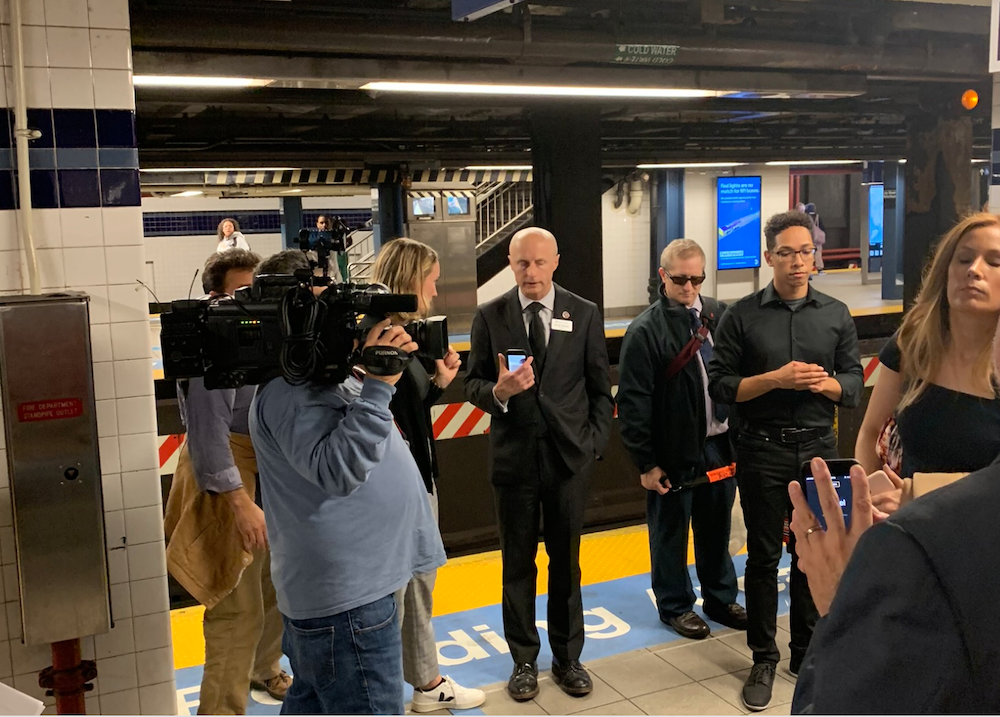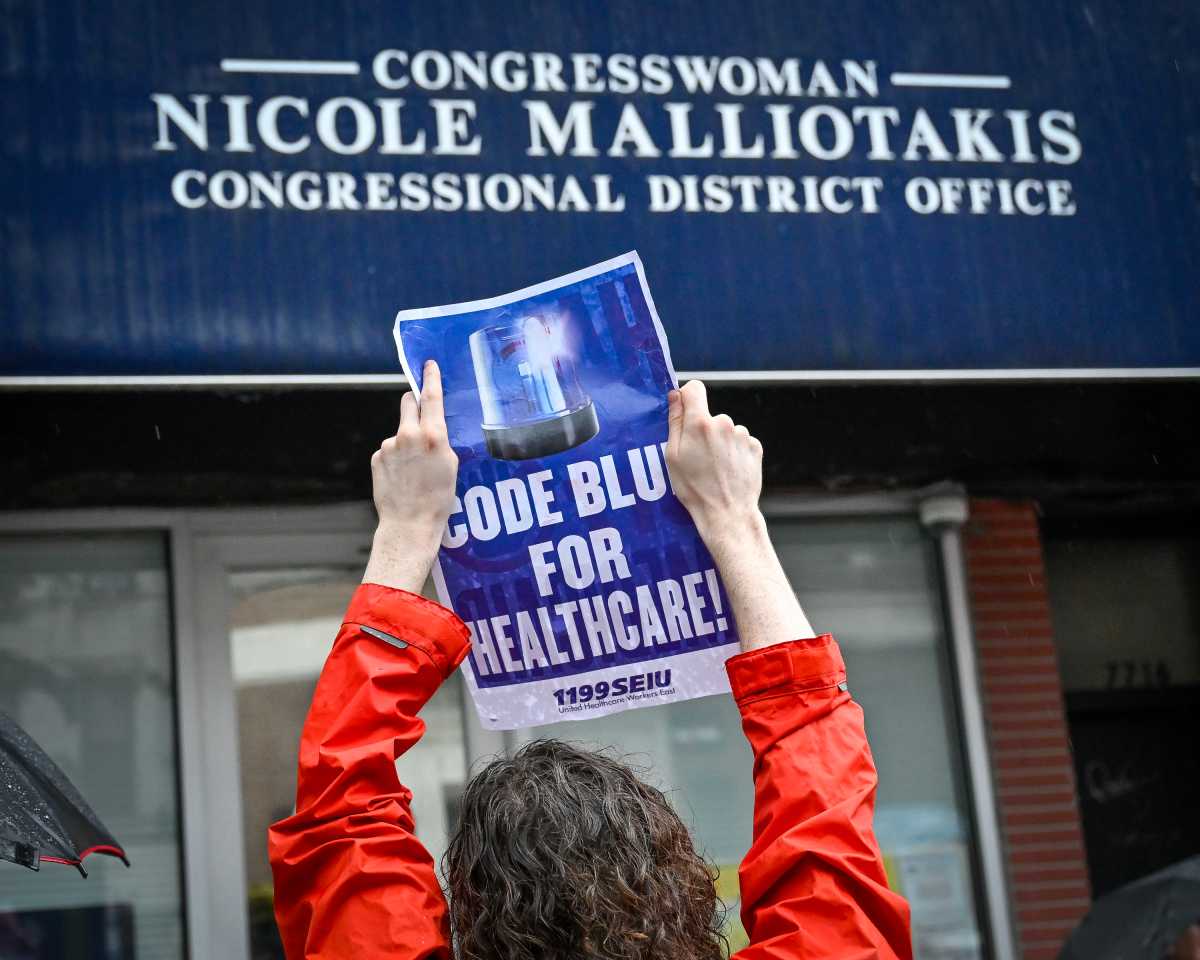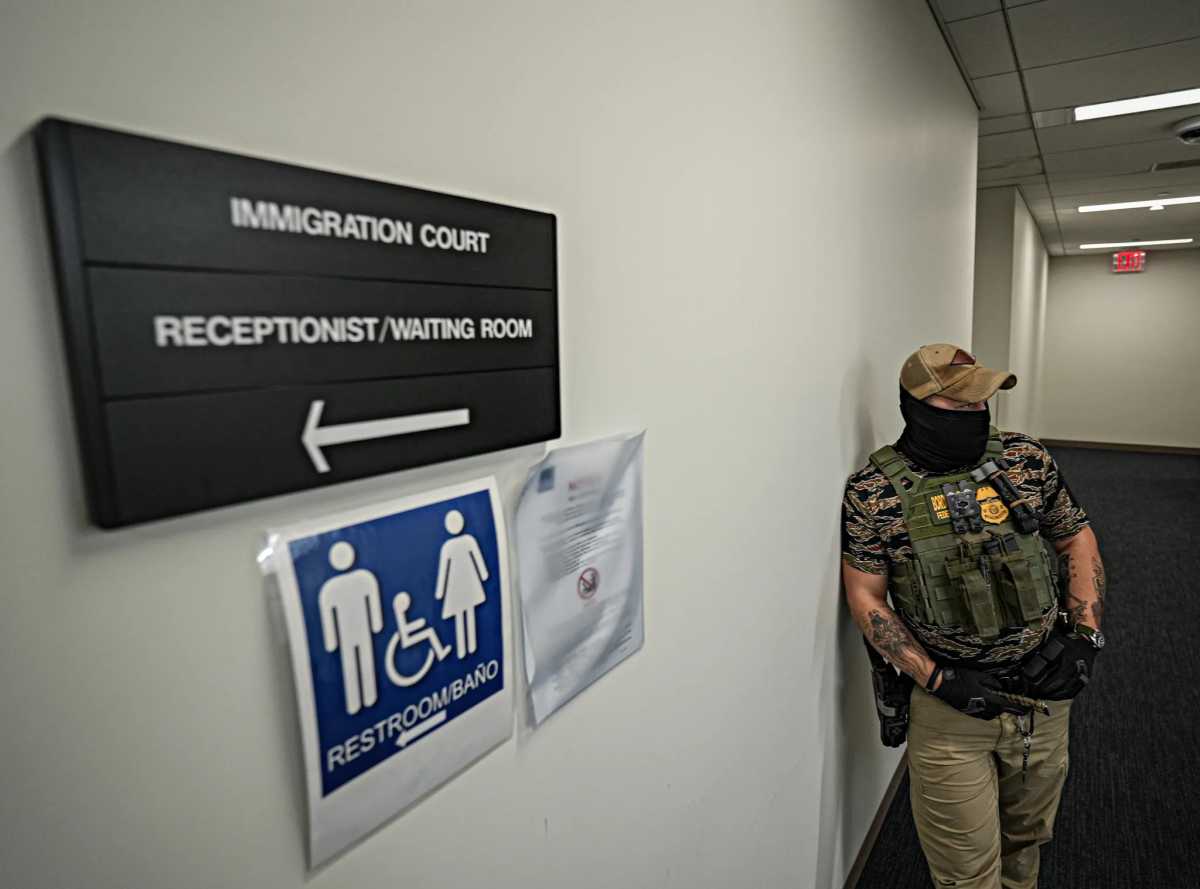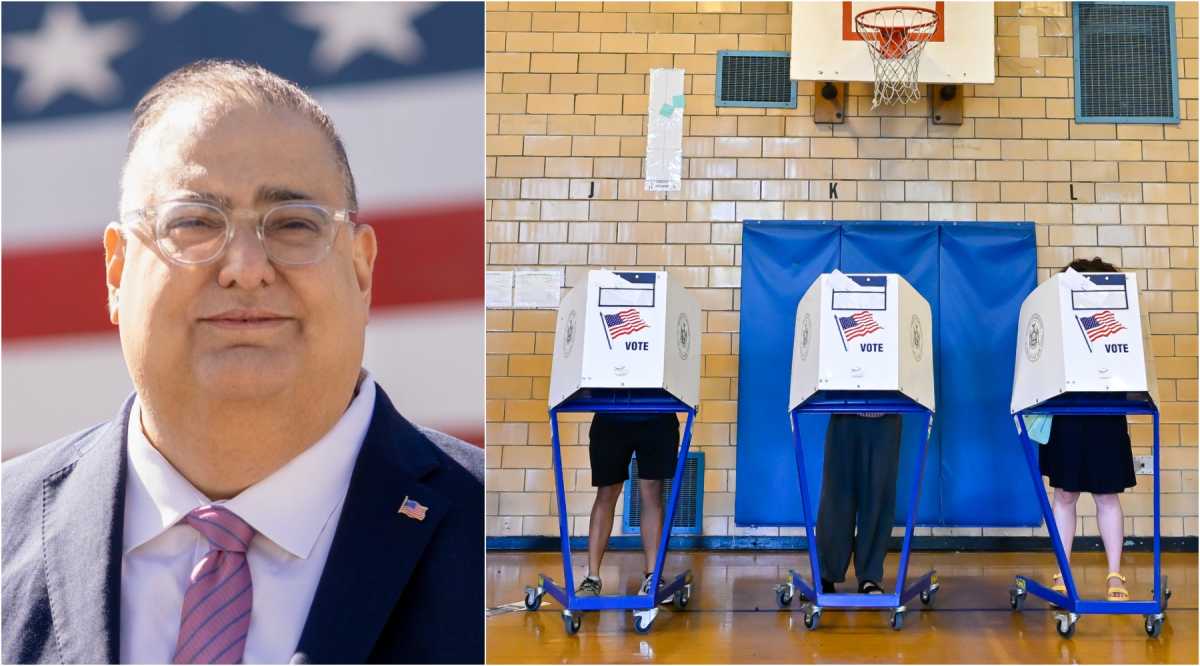With enough bells and whistles to please the most hardened of disability rights advocates, the Metropolitan Transportation Authority (MTA) today unveiled the first-of-its-kind Accessible Station Lab at the Jay Street-MetroTech A, C, F and R subway station in Downtown Brooklyn.
But nearly three decades after the 1990 Americans With Disabilities Act (ADA) was signed into federal law guaranteeing the equal rights of people with disabilities, it remains to be seen if the MTA and New York City Transit Authority (NYCTA) can comply with the law through basic infrastructure upgrades such as subway station elevators at a number of stops across the borough.
This didn’t stop NYCTA President Andy Byford, however, from hailing the lab as something of a test tube into the future to increase accessibility for customers with mobility-related disabilities, who are blind or low-vision, deaf or hard-of-hearing, or have cognitive disabilities.
“We all know that accessibility is about much more than elevators, and the Accessible Station Lab brings that idea to life. Whether you use tactile guideways or an audio app to navigate, benefit from our new Customer Information screens that provide service information in large, clear text, or care about clean elevators, this project shows that the subway is for you,” said Byford.

The lab, which takes up only a small portion of the station will test dozens of new features – new smartphone apps for wayfinding, floor treatments, braille and tactile maps, digital signage and in-station navigation – that make subway stations more accessible for riders of all abilities.
The pilot, which will run through the end of the year will allow customers to test these products and services in a live station environment and provide direct feedback to NYCT, allowing the agency to evaluate the durability and performance of each of the features.
Although ADA revisions to the subway have been in progress for decades, accessibility was made a priority in 2016 after Disability Rights Advocates (DRA) filed a class-action lawsuit against the MTA and the NYCTA, challenging their failure to install an elevator when they completed a $21.85 million rehabilitation to the Middletown Road subway station in the Bronx.
The MTA has since received backlash for closing stations for periods of time to make renovations and neglecting to make the stations more accessible for all.
Jay Street-Metro Tech is just one of 175 stations to be upgraded as part of the MTA’s $51 billion plan to fix the subway system. The four-year budget is the agency’s largest investment in history; a long-awaited reform, since only a quarter of the 472 subway stations are currently ADA accessible.
According to the 2020-2024 Capital Budget, $5.2 billion is being dedicated to station accessibility. But 80% of funding to the NYCT is through new sources that are only projected revenue. Congestion pricing, tolls, the Progressive Mansion Tax, and the Elimination of the Internet Tax Advantage are unquantifiable pools of money earmarked for subway station infrastructure work and as none of these funding sources have been implemented yet, it is uncertain how much revenue they will yield.
The MTA budget is divided into two kinds of funding: operating and capital. According to the MTA budget, fares cover approximately 46% of daily operating expenses, such as driver salaries. The remaining 54% is covered by miscellaneous revenue, such as taxes. Any additional costs, including improvements, maintenance, and repairs, are covered by capital investment funds from the state, city and federal government.
Thus, KCP asked Byford about the possibility that the projected revenue from these new sources could be incorrect -or nonexistent altogether, and whether the MTA would move forward with their accessibility plans under those circumstances.
“We don’t have the funding yet. The budget has been approved by the MTA and the city, but we are still waiting for the state’s approval for the funding. I’m pretty sure we’ll get it,” said Byford, but hesitated when asked if the MTA does not get the additional funding would the slated accessibility projects continue without it.
“I’m not sure,” he said, “but I’m pretty sure we will secure the money.”










